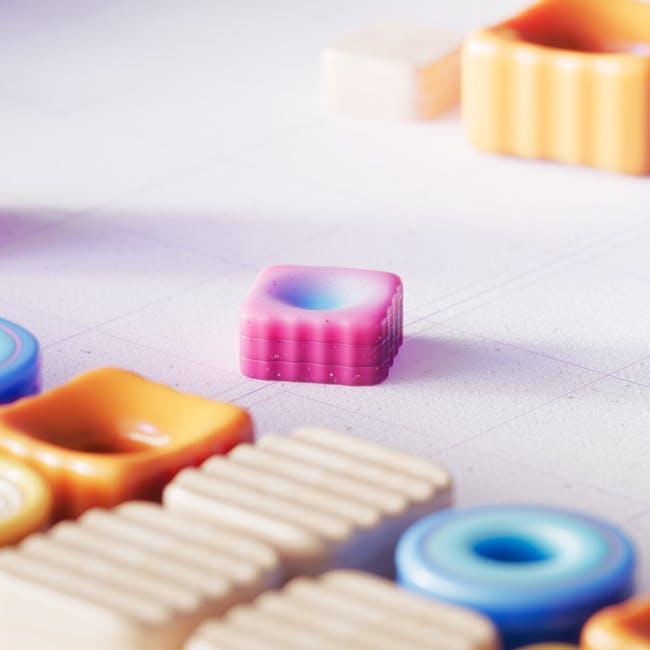Harnessing AI-Powered Design Systems for Smarter Website Development
In the fast-evolving world of digital presence, the role of AI-powered design systems has become pivotal in optimizing website development processes. These intelligent frameworks not only streamline design practices but also enhance the user experience and ensure consistent branding. Let’s delve into how these systems work, their benefits, and practical tips to leverage them effectively for your website projects.
What Are AI-Powered Design Systems?
AI-powered design systems integrate artificial intelligence into the design process to automate, optimize, and sometimes even generate design components. These systems have three main components:
- Design Tokens: These are the smallest units of a design system, representing styling variables like colors, typography, and spacing.
- Component Libraries: Pre-built UI components that can be reused across different projects.
- Design Tools: Integrated tools that utilize AI for tasks such as layout adjustments, color scheme generation, and content recommendations.
Benefits of AI-Powered Design Systems
1. Increased Efficiency
With the automation of repetitive tasks, teams can focus more on creative aspects. AI algorithms can generate design variations in seconds, allowing designers to iterate quickly and respond to user feedback more swiftly.
2. Enhanced Consistency
Consistency in branding and user experience is crucial for any website. AI-powered design systems ensure that the same design tokens and components are used throughout your website, maintaining a coherent look and feel.
3. Personalized User Experiences
AI can analyze user behavior and preferences, allowing for more personalized design approaches. This adaptability helps improve user engagement and satisfaction.
4. Data-Driven Insights
These systems often come integrated with analytics tools, providing designers with data on how users interact with various components, enabling informed design decisions.
Practical Tips for Implementing AI-Powered Design Systems
1. Start Small
Begin with a few key components and expand as your understanding of the system grows. This gradual approach helps minimize disruption.
2. Collaborate with Stakeholders
Involve designers, developers, and content creators in the design system development process to ensure it meets the needs of all user types.
3. Create Documentation
Maintain clear and thorough documentation to help team members understand how to leverage the design system effectively.
4. Experiment with AI Tools
Exploring different AI tools can help identify the best fit for your project. Here are a few popular options:
| AI Tool | Key Features | Best For |
|---|---|---|
| Figma | Collaboration, prototyping, and plugins | UI/UX Design |
| Adobe Sensei | Content personalization, image recognition | Creative Projects |
| Sketch | Symbols, plugins, and a strong community | Web Design |
Real-World Case Studies
The BBC
The BBC uses AI to analyze viewer behavior, allowing them to tailor their web design for various user segments. This data-driven approach has led to improved user engagement and satisfaction, demonstrating the efficacy of AI-powered design systems.
Airbnb
Airbnb has harnessed AI to automate aesthetic design choices and layout decisions based on user behavior patterns. As a result, the platform can deliver a consistent user experience across different devices and regions.
First-Hand Experience: A Developer’s Perspective
As a web developer who has implemented AI-powered design systems, I can attest to the difference they make. My team recently integrated an AI design tool that helped us prototype changes in real-time. We saw a significant reduction in development time and improved communication across remote teams. The ability to visualize and iterate designs collaboratively was invaluable.
Challenges to Consider
1. Learning Curve
Implementing new tools often comes with a learning curve. Adequate training is necessary to ensure all team members can use the design system effectively.
2. Over-Reliance on AI
While AI can enhance the design process, it shouldn’t overshadow human creativity and intuition. Strike a balance between automation and traditional design philosophy.
Conclusion
AI-powered design systems present a powerful opportunity for smarter website development by enhancing creativity, boosting efficiency, and providing personalized user experiences. By understanding their capabilities and integrating them thoughtfully into your workflow, you can revolutionize your approach to web design. Embrace this technology today to stay ahead in the competitive landscape of digital development. The future of website design is here, and it’s powered by AI.











